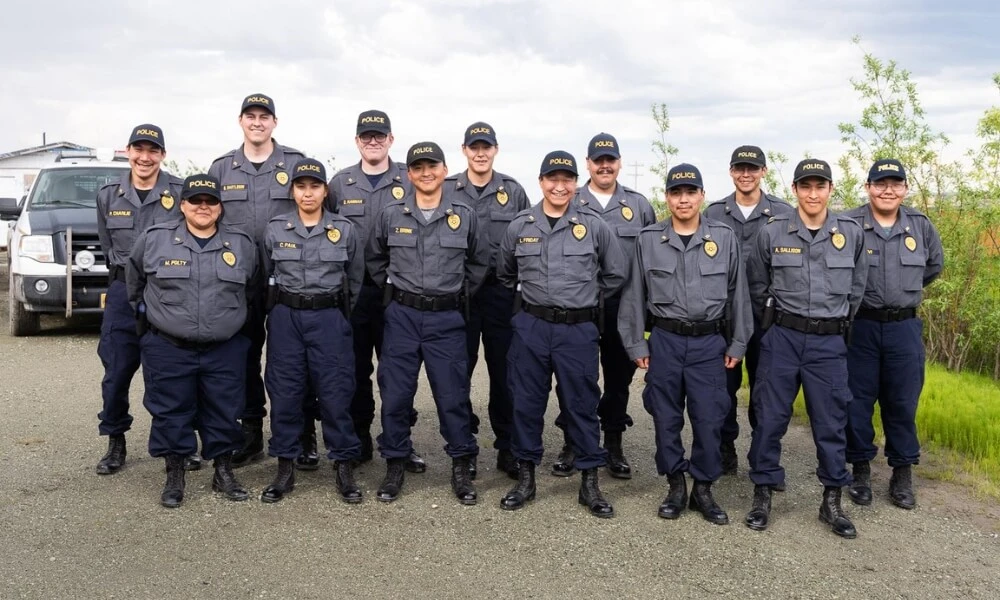Public safety is a cornerstone of any thriving community, ensuring citizens can live, work, and play without undue concern for their well-being. But who are the individuals behind this protective veil, ensuring our day-to-day security? Enter the Public Safety Officer—vital to maintaining order and security. In this blog post, we’ll delve deep into understanding the role of a Public Safety Officer, exploring the various types that exist and the myriad responsibilities they shoulder.
Whether you’re considering a career in this noble profession, seeking to collaborate with them, or simply curious about the people safeguarding our communities, this article will illuminate public safety officers’ diverse and critical world. Join us as we demystify the heroes who walk among us!
What is a Public Safety Officer?
A Public Safety Officer is a professional responsible for ensuring the safety and security of people and property within a specific community or area. Their primary role is to patrol designated areas, respond to emergencies, investigate suspicious activities, enforce laws and regulations, and prepare incident reports. They bridge the community and other emergency services, such as the police, fire department, and emergency medical teams. Public Safety Officers are essential for maintaining a sense of assurance, calm, and order within communities, institutions, and other areas they serve.
While their responsibilities can mirror those of police officers, they may not always have the same authority or carry firearms. Their duties often vary based on their place of employment, ranging from universities and schools to hospitals, gated communities, and government agencies. Regardless of the setting, their primary objective remains to ensure the well-being and security of the public they serve.
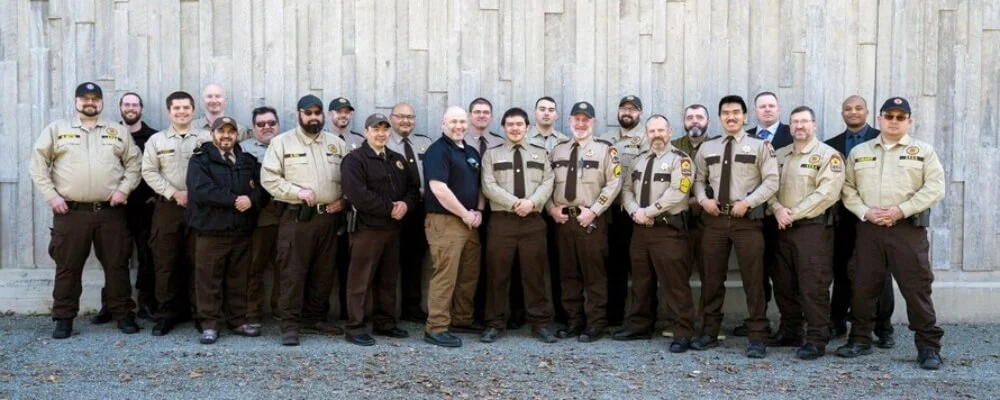
Different Types Of Public Safety Officers
Public Safety Officers come in various specializations, each designed to address specific needs in their community or institution. Here are some different types of Public Safety Officers:
- Campus Safety Officers: These officers are primarily responsible for the safety of students, faculty, and staff at educational institutions such as colleges, universities, and schools. They handle situations ranging from minor disturbances to major emergencies on campus.
- Hospital Security Officers: Ensuring the safety of patients, staff, and visitors; these officers patrol hospital premises and respond to emergencies, disturbances, or any suspicious activities in the medical facility.
- Transportation Safety Officers: These officers ensure the security of transportation hubs such as airports, train stations, and bus terminals. They might be involved in checking passenger credentials, monitoring security systems, or handling unruly passengers.
- Environmental Health and Safety Officers: These professionals are often employed in industries and corporations to ensure workplace safety. They focus on potential hazards and ensure compliance with health and safety regulations.
- Correctional Safety Officers: These officers work in jails, prisons, and other correctional facilities. Their main responsibility is to maintain order and safety inside these establishments.
- Fire Safety Officers: Often part of a fire department, these officers are responsible for inspecting properties for fire hazards, educating the public about fire safety, and sometimes investigating the causes of fires.
- Emergency Management Officers: These officers specialize in planning and responding to large-scale emergencies like natural disasters. They coordinate with various agencies to ensure efficient response and recovery operations.
- Maritime Safety Officers: Responsible for the safety and security of ports, waterways, and maritime facilities, ensuring compliance with maritime laws and regulations.
- Cybersecurity Officers: In a digital age, safety extends to the online realm. These officers protect organizations from cyber threats, ensuring that digital assets and data remain secure.
- Residential Safety Officers: Often found in gated communities or residential buildings, these officers ensure the safety and security of residents and their properties.
- Bank and Financial Institution Officers: Ensuring the security of financial assets, these officers monitor and respond to security threats in banks and other financial institutions.
- Government Safety Officers: Working in government facilities or for government agencies, these officers ensure the safety of government employees, officials, and assets.
Each type of public safety officer has specialized training tailored to the environment and challenges they are expected to face, emphasizing the broad and crucial role these professionals play in various sectors of society.
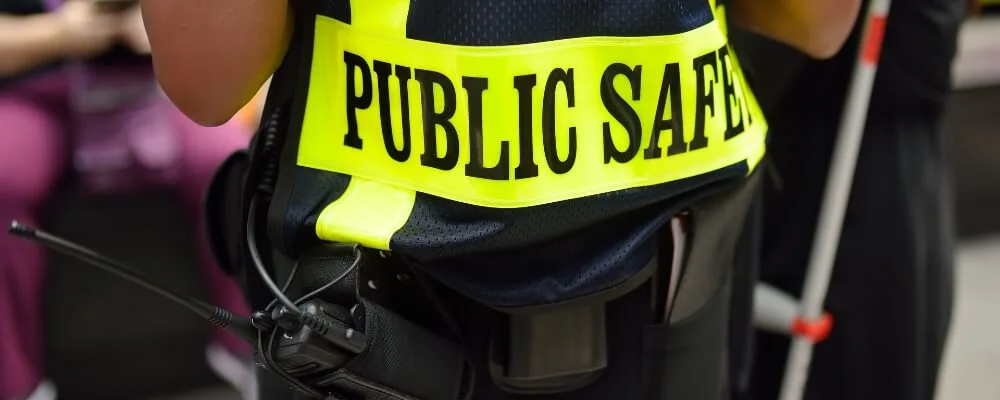
Public Safety Officer Roles and Responsibilities
Public Safety Officers play a vital role in ensuring the safety and well-being of the community or institution they serve. Their specific roles and responsibilities can vary depending on the particular environment or jurisdiction, but the following are some general roles and responsibilities of a Public Safety Officer:
1. Patrolling
Patrolling is a proactive approach by Public Safety Officers to maintain a visible presence in their assigned areas. This regular surveillance serves multiple purposes, whether on foot, by car, or by bicycle. Firstly, it acts as a deterrent to potential criminals who might be discouraged from committing a crime due to the visible presence of law enforcement.
Secondly, patrolling allows officers to quickly identify and address any unusual or suspicious activities, hazards, or safety concerns that might arise, ensuring the environment remains safe and secure.
2. Emergency Response
Public Safety Officers are often the first responders in moments of crisis, such as medical emergencies, fires, or security breaches. Their immediate response is crucial in stabilizing situations, offering first aid, or providing initial containment until more specialized units like paramedics, firefighters, or backup officers arrive. Their quick actions can often be the difference between life and death, preventing minor issues from escalating into major crises.
3. Law Enforcement
Beyond responding to crimes, Public Safety Officers play a significant role in proactively enforcing laws, regulations, and institutional rules. This ensures a sense of order and safety within the community. Their enforcement duties might range from addressing minor infractions, like parking violations, to more severe issues, like trespassing or assault. Sometimes, they have the authority to issue citations or even arrest individuals who breach certain laws.
4. Incident Reporting
Documentation is vital to a Public Safety Officer’s responsibilities. Every incident, no matter how minor, needs to be accurately recorded. This ensures there’s a detailed account available for future reference, be it for investigative purposes, legal proceedings, or institutional records.
Proper incident reporting can aid in identifying patterns in criminal activities, facilitating better preventive measures, and serving as evidence in legal cases.
5. Investigation
Public Safety Officers conduct initial investigations when identifying suspicious activities or potential crimes. This might involve gathering physical evidence from the scene, capturing photographs, or interviewing witnesses and involved parties.
These preliminary investigations play a pivotal role in understanding the event’s context, gathering clues, and aiding detectives or other law enforcement agencies in more in-depth investigations later.
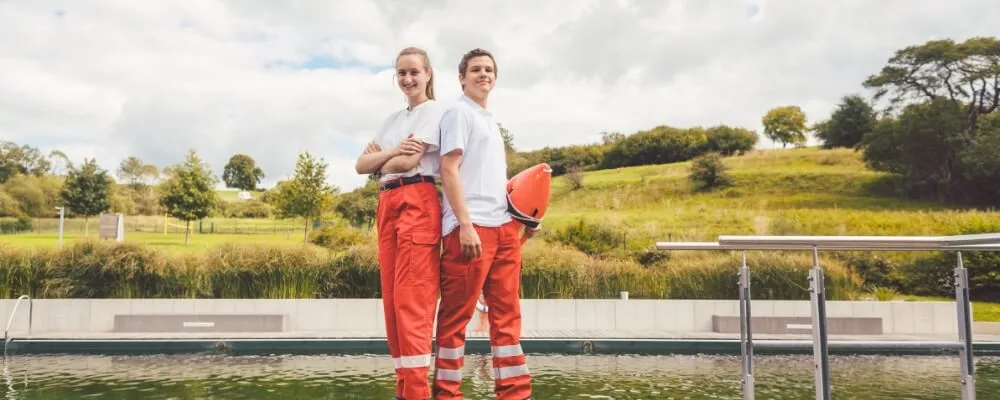
6. Communication
Effective communication is at the heart of a Public Safety Officer’s role. They must constantly communicate with local police, fire departments, and emergency medical services. This ensures a coordinated response to incidents, quick backup when needed, and timely sharing of critical information that might be pertinent to multiple agencies.
For instance, if a fire breaks out in a building, an officer must liaise with the fire department about the building’s layout, potential occupants, and any other risks.
7. Security and Surveillance
With the advancement of technology, many areas, especially institutions or high-security zones, are equipped with electronic security systems, cameras, and alarms. Public Safety Officers are trained to monitor these systems vigilantly, ensuring they function correctly and provide real-time feedback.
When an alert is triggered, officers can assess the nature of the threat and respond appropriately, ensuring swift action against any potential security breach or suspicious activity.
8. First Aid and CPR
Public Safety Officers are trained to provide immediate basic medical care, especially in emergencies. Their role is crucial during the initial moments after an accident or incident when immediate medical attention can be the difference between life and death.
Their ability to administer first aid and CPR can stabilize injured individuals until medical professionals arrive. This immediate care can range from dressing wounds to cardiopulmonary resuscitation on someone who has stopped breathing.
9. Community Interaction
A fundamental aspect of a Public Safety Officer’s role is fostering strong and positive relationships within their community or institution. This goes beyond merely enforcing laws. Engaging in regular dialogue, addressing the concerns of community members, and providing relevant information are crucial for building trust.
This trust, in turn, can lead to better cooperation between the community and safety officials, making it easier to maintain security and order.
10. Special Event Security
Events, whether public gatherings, concerts, or private institutional functions, can present unique security challenges due to large crowds and heightened emotions. Public Safety Officers are tasked with ensuring the safety of all attendees. This means managing crowd control, ensuring smooth ingress and egress from the venue, and quickly addressing any disturbances or potential threats to maintain a peaceful environment.
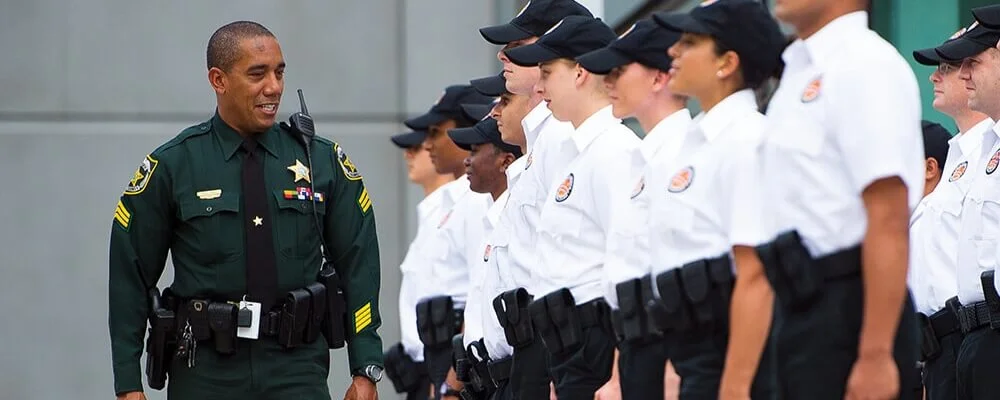
11. Training and Development
The role of a Public Safety Officer is multifaceted and constantly evolving with the changing dynamics of security and safety. This necessitates regular training to keep up with the latest techniques, tools, and protocols.
Whether weapon handling, crisis intervention strategies, or emergency response drills, consistent training ensures officers are always prepared for any situation.
12. Hazard Identification
Part of maintaining safety is proactively identifying potential risks. Public Safety Officers must inspect their designated facilities or areas regularly, looking for anything that might pose a danger, from faulty wiring that could lead to fires to structural damages that might cause accidents. Once identified, officers recommend solutions or enhancements to mitigate these risks.
13. Public Awareness
An informed public is a safer public. Therefore, officers often assume the role of educators, providing community members with information on safety protocols, crime prevention methods, and emergency response guidelines. These educational efforts can be formal, like organized workshops, or informal, arising from daily interactions.
14. Conflict Resolution
Not all disturbances escalate to criminal activities. Officers often find themselves mediating conflicts, be they verbal disputes or more aggressive confrontations. Using de-escalation techniques, they aim to resolve these disputes peacefully, ensuring the safety of all parties involved and maintaining harmony within the community.
15. Access Control
Controlling who can enter specific locations is paramount to safety in many institutions and secured areas. Public Safety Officers are responsible for monitoring these access points, verifying credentials, and ensuring that only authorized individuals gain entry.
This control can be manual, like checking IDs at a gate, or technological, such as using surveillance cameras and electronic badge systems. In both cases, the aim is to prevent unauthorized or potentially harmful individuals from accessing secure areas.
Conclusion
In a world where safety and security are paramount, the role of a Public Safety Officer stands out as one of the most crucial. These officers, present in various forms and settings, act as the frontline defenders of our communities, institutions, and events. They are not just guardians of physical spaces but also the upholders of trust, security, and harmony within their designated territories. Their responsibilities are vast and multifaceted, from responding to emergencies and providing basic medical care to fostering community relations and ensuring the smooth functioning of special events.
To truly appreciate the peace and order we often take for granted, one must recognize these officers’ tireless efforts and dedication. Understanding Public Safety Officers’ roles, types, and duties offers a window into the intricate system that keeps our societies running smoothly. As we wrap up our exploration, let’s take a moment to acknowledge and appreciate these unsung heroes who dedicate their lives to our well-being, ensuring that every day is safer than the last.

